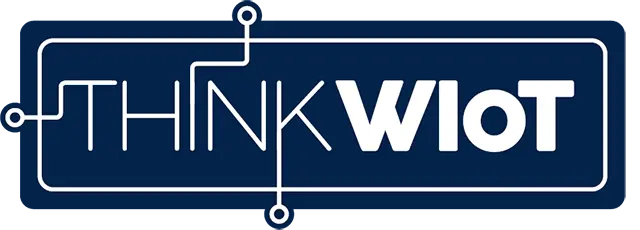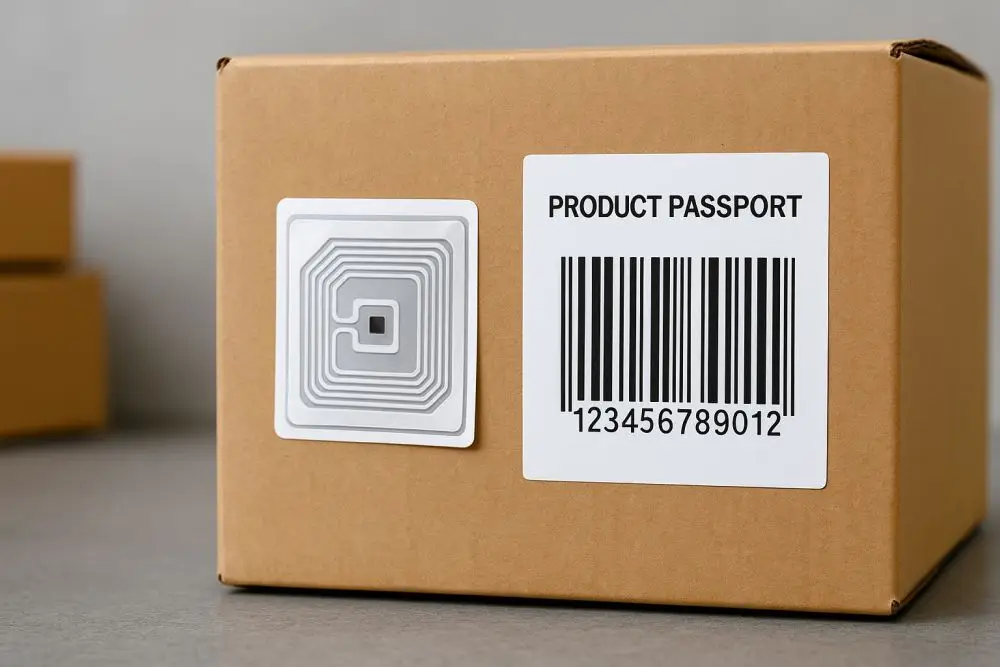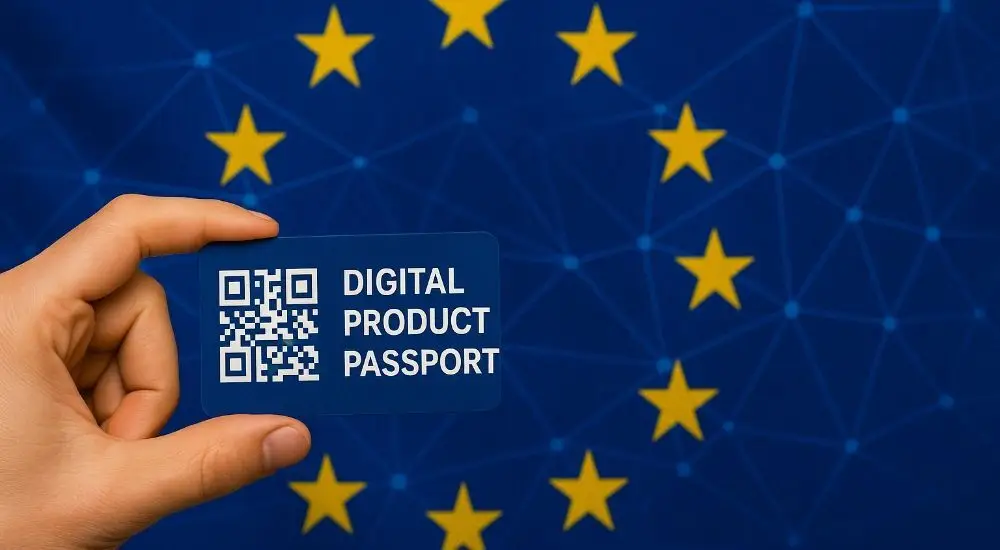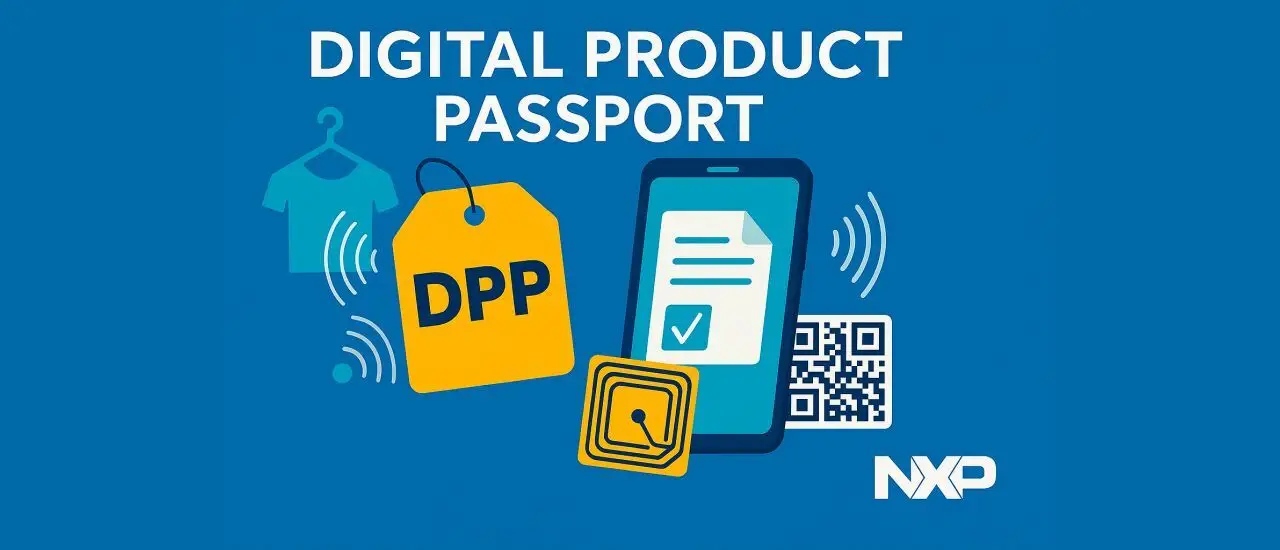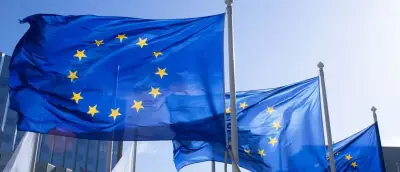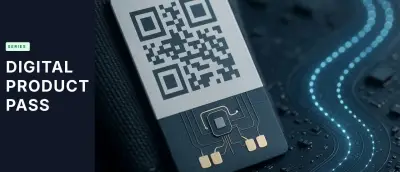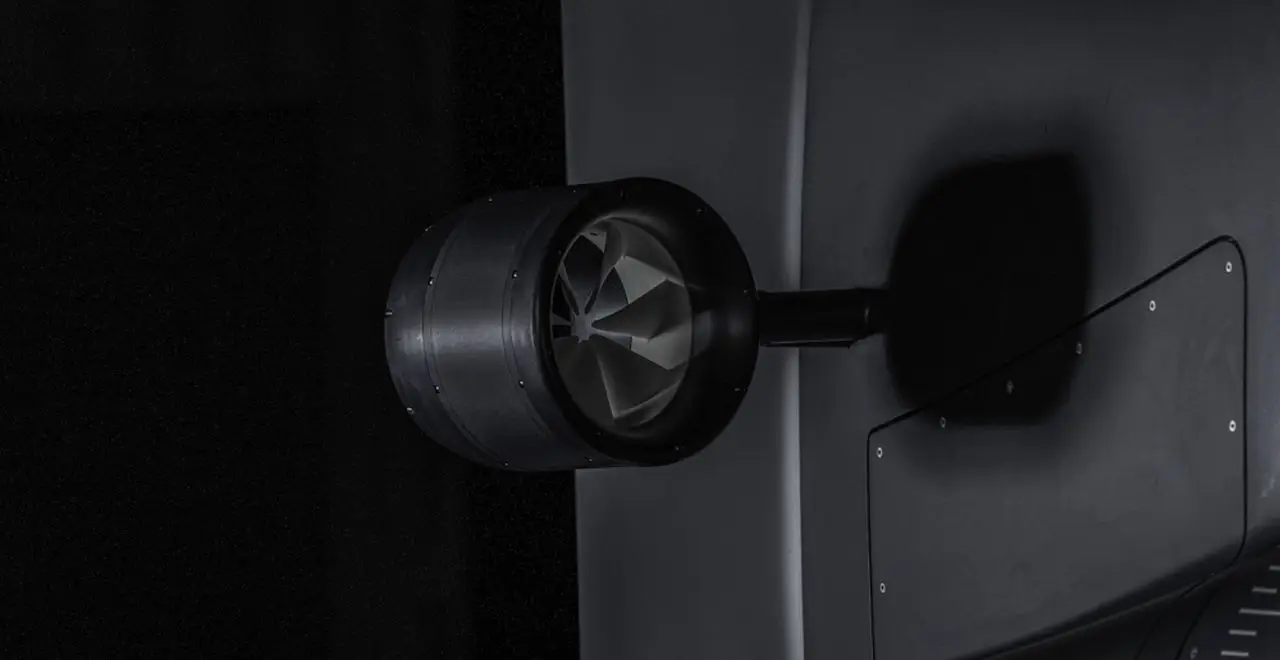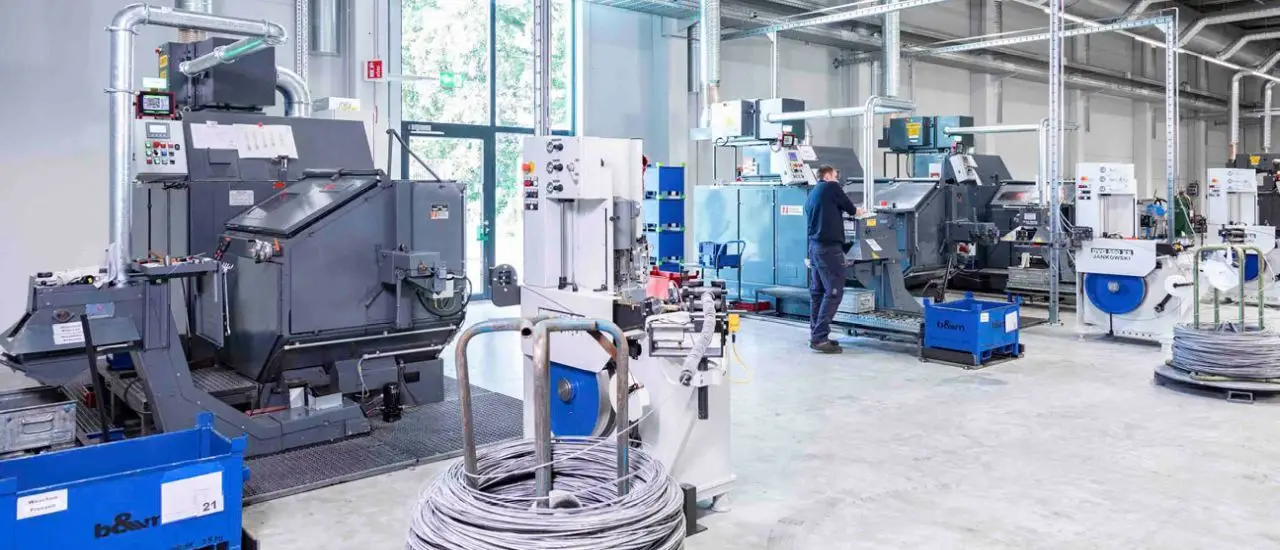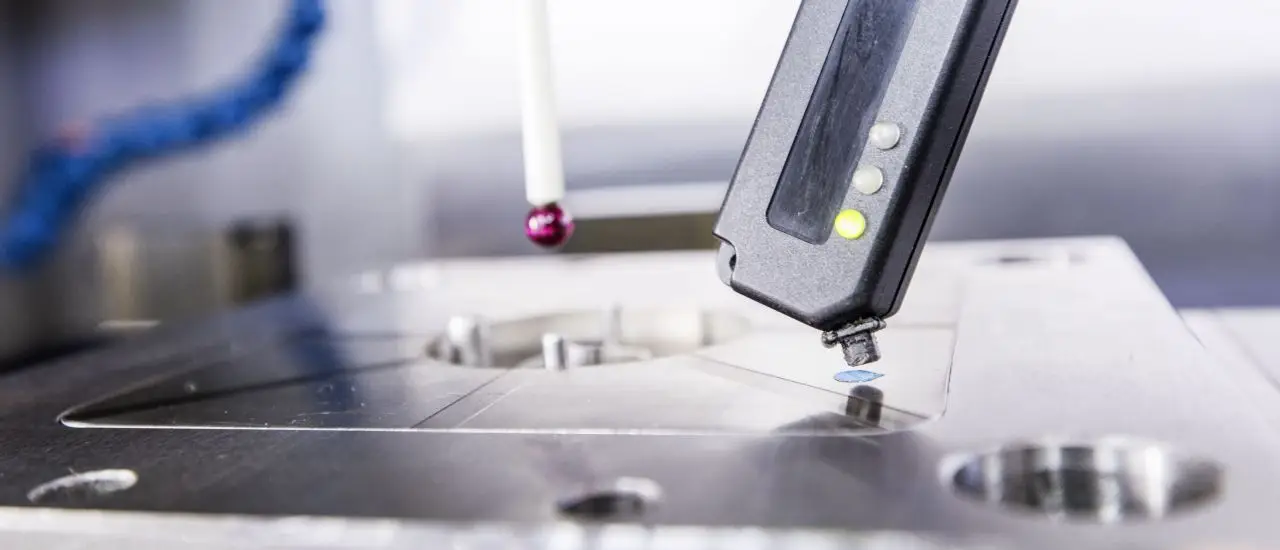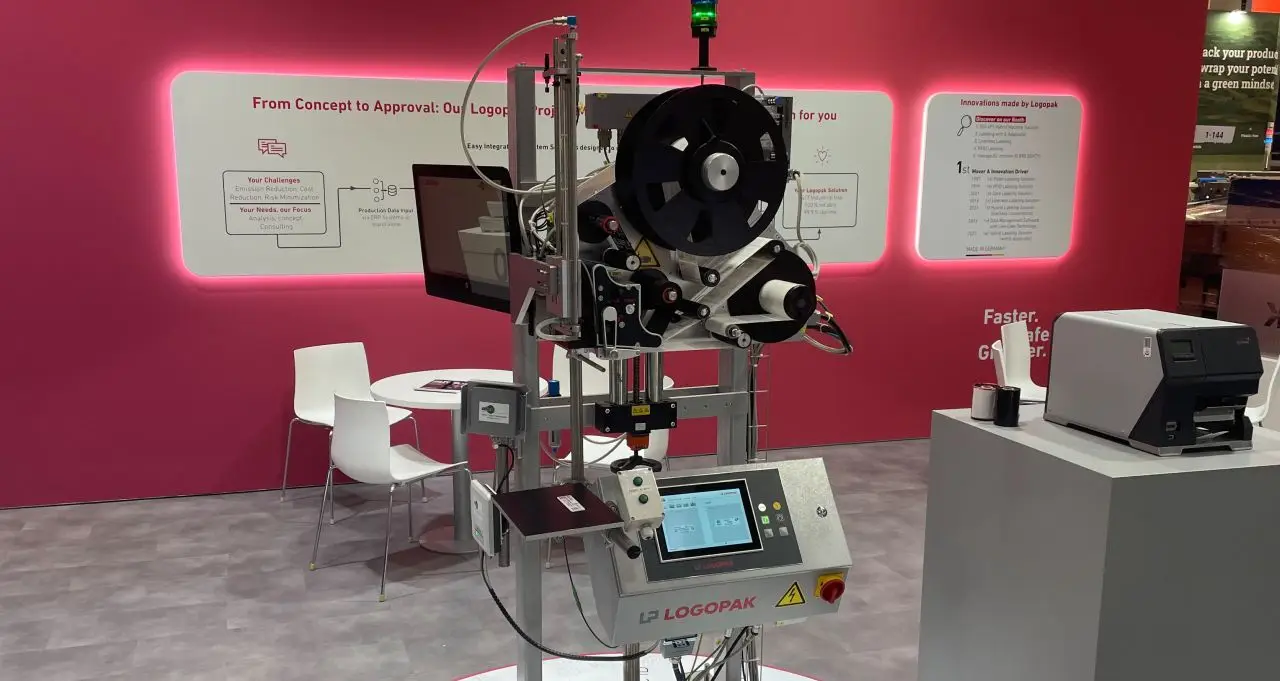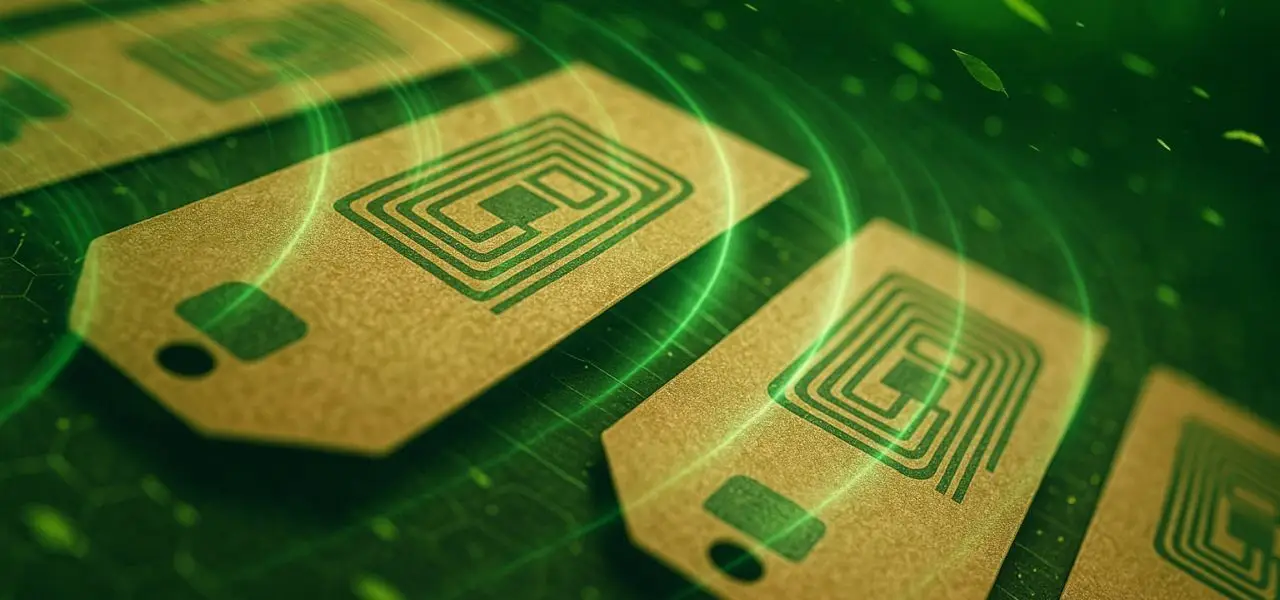The Digital Product Passport (DPP) is intended to promote transparency and sustainability – but will it actually lead to a boom for RFID?
In conversation with Think WIOT, Eiko Gramlich, Senior Account Manager RFID at Zebra Technologies, explains the role that standards, costs, and technology choices play.
Will the DPP really lead to widespread adoption of RFID – or will it remain a political pilot project?
Eiko Gramlich: Yes, in some areas the use of RFID will even be mandatory, such as for car tires. While the DPP’s requirements and information obligations could in principle also be met with other technologies like QR codes, RFID offers decisive advantages, especially thanks to automation in the supply chain.
Particularly in the fashion retail sector, where UHF RFID is already widely used, it makes sense to capture the information required for the Digital Product Passport automatically, giving RFID transponders even greater significance.
Will differing DPP standards in Europe lead to isolated solutions and a patchwork of incompatible systems?
Eiko Gramlich: That’s hard to assess at this point. There is currently a lot of uncertainty, and many discussions are underway about what the actual implementation will look like. Since there is no binding standard yet, there is a risk that isolated solutions will emerge in the end.
Personally, I hope that a consensus can be reached soon – at least within individual sectors – so that users can rely on unified standards. That would make things much easier for everyone involved, and ultimately also for consumers.
Is the effort ultimately worthwhile for end customers – or is it simply too expensive?
Eiko Gramlich: Good question! I think the DPP is an important step in the right direction. It gives customers in many areas the ability to track where raw materials and finished products come from. Hopefully, this will lead to more conscious purchasing decisions and give sustainably produced goods an advantage.
However, it remains to be seen whether customers will actually access this information actively, and whether this step will truly influence purchasing decisions – and if so, to what extent.
In which area will the DPP primarily have an impact: production, supply chain, distribution, consumption, or environment?
Eiko Gramlich: The DPP will have a direct impact initially on production, supply chain, and distribution, because all actors involved will have to collect and provide the required data. Ultimately, though, the DPP is also intended to positively influence consumer purchasing decisions and thus promote the sales of more sustainable, environmentally friendly products. Whether and to what extent that will succeed remains uncertain for now (see also the previous question).
Who will bear the main burden of integration – including the financial aspect? Are manufacturers the ones paying?
Eiko Gramlich: System-wise, the integration effort will be spread across the entire supply chain. However, raw material suppliers and manufacturers of finished products will probably bear the largest share. Financially, the costs of implementing the DPP will likely be passed on to end customers – at least if market conditions allow it.
But I can well imagine that manufacturers of particularly sustainable products will benefit from this, as customers may be willing to pay a premium for these products – precisely because of the better traceability and comparability. Conversely, purchasing decisions for especially environmentally harmful products could be negatively affected.
Eiko Gramlich - Senior Account Manager RFID
NFC, UHF or Dual-Frequency – which technology will ultimately prevail, if any?
Eiko Gramlich: Especially in the fashion retail sector, there’s a strong focus on UHF technology due to its significant advantages (which I won’t go into detail about here). I therefore assume that UHF will play the main role at least for data collection along the supply chain.
When it comes to chip costs, NFC – and particularly Dual-Frequency – is still too expensive for many applications. If DF label costs come down, wider adoption is certainly conceivable. For now, however, you mainly find Dual-Frequency solutions in very high-end products.
There are currently no specific requirements for the label industry. Is that a problem?
Eiko Gramlich: I don’t think so. At its core, it’s really just about providing a link to the DPP-relevant information. Whether that’s done using existing RFID transponders or with an additional printed QR code on the label shouldn’t make much difference to the labeling industry. At most, the spread of RFID labels might increase somewhat at the expense of purely printed labels.


